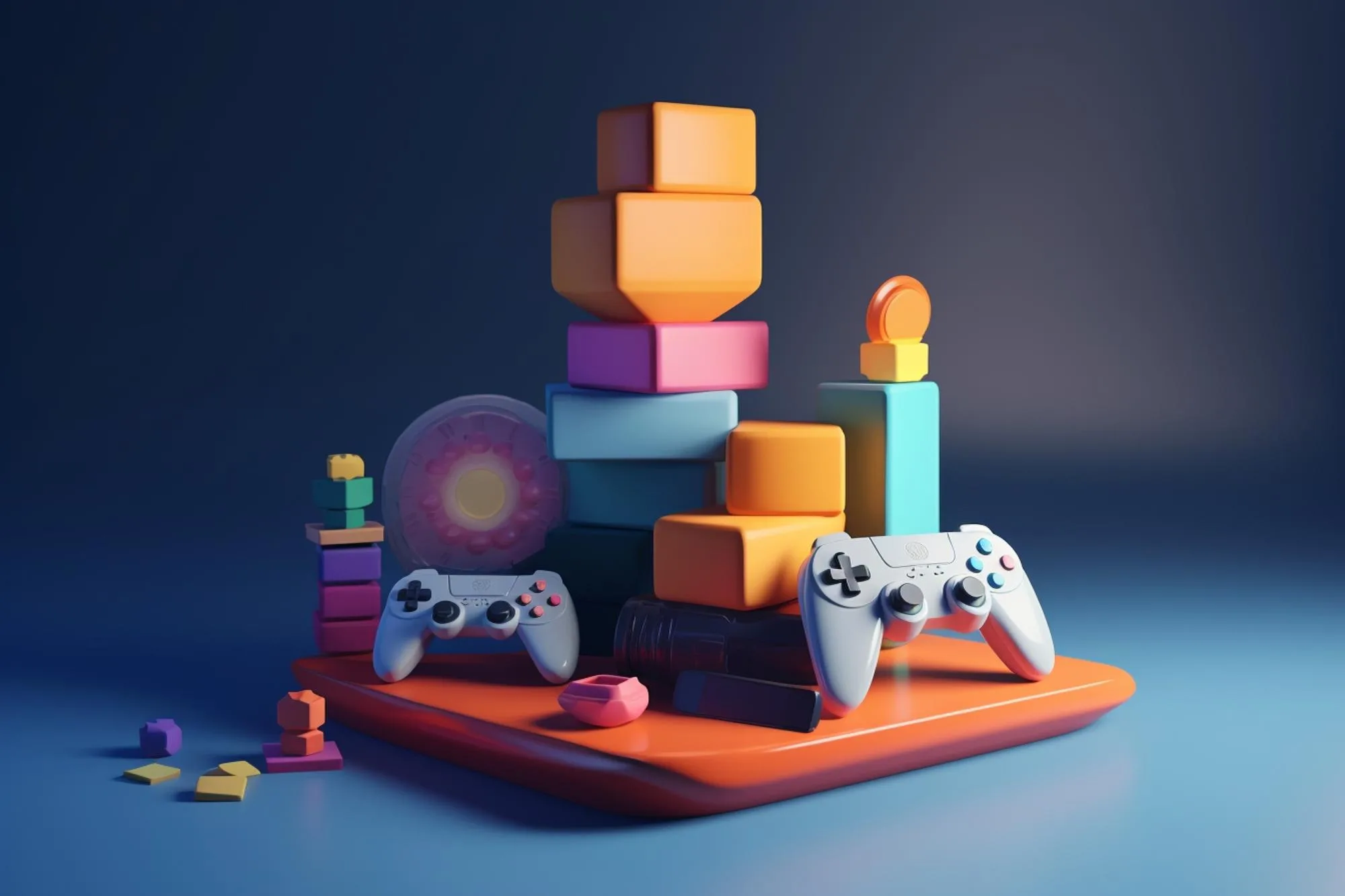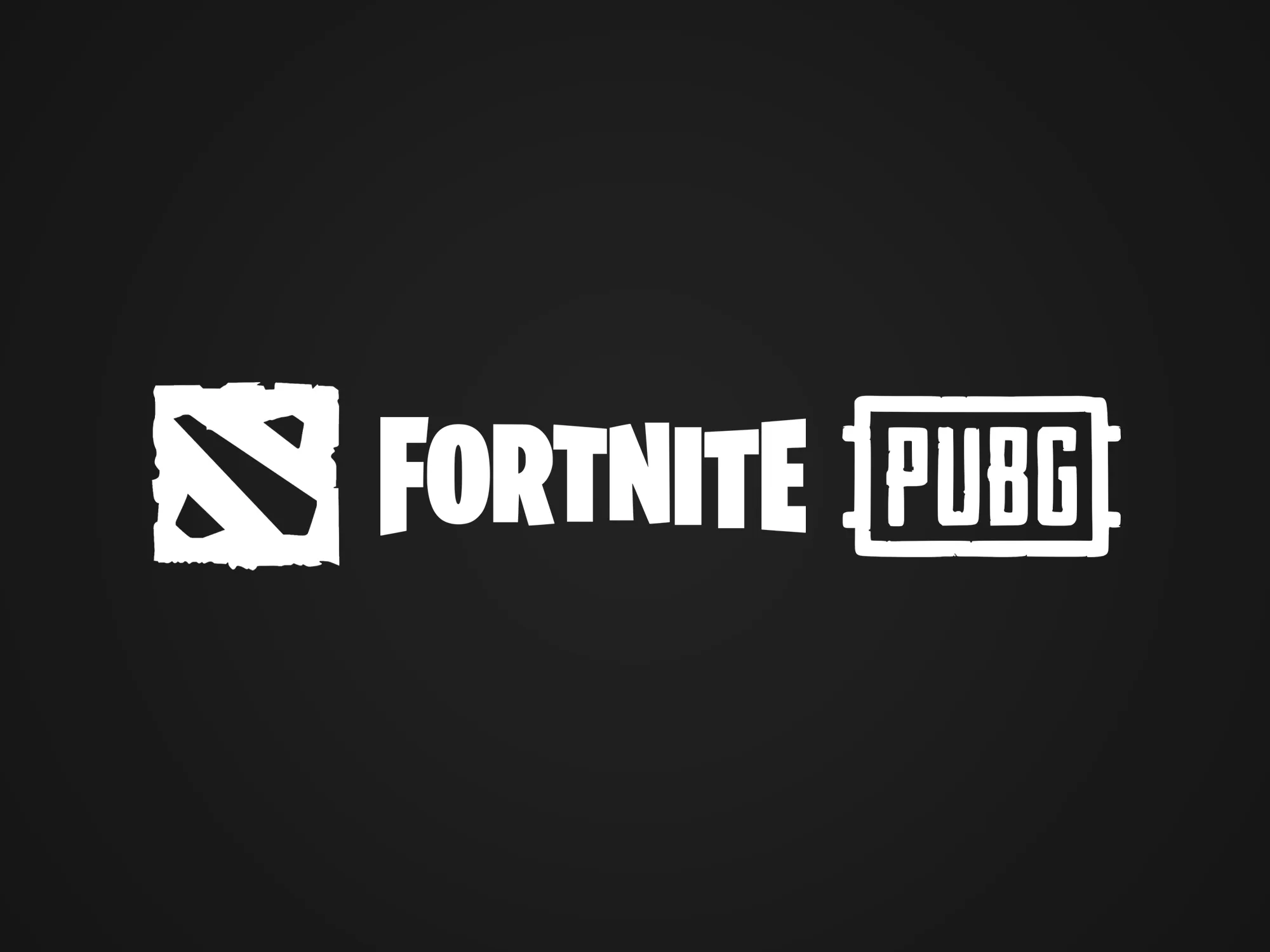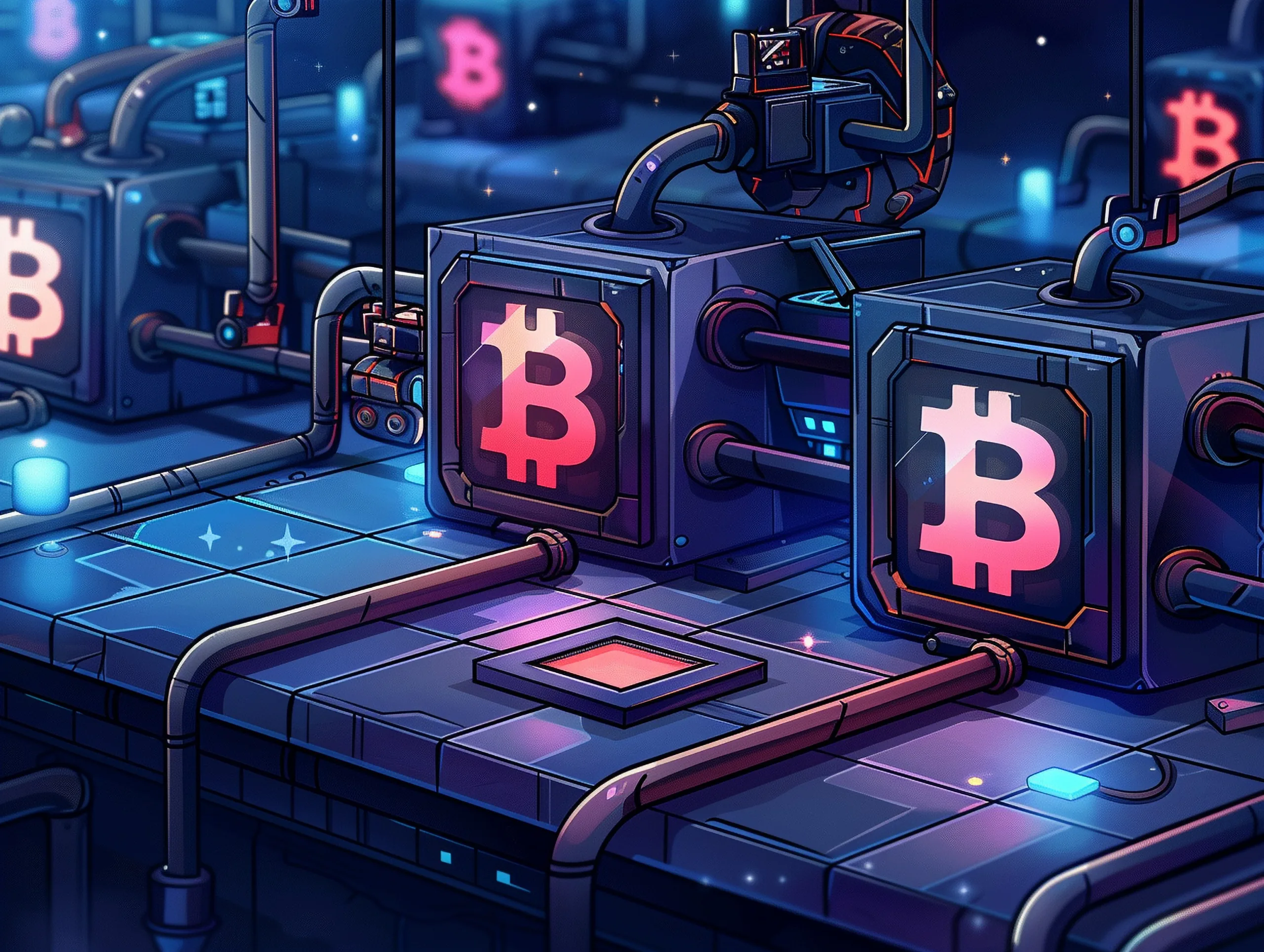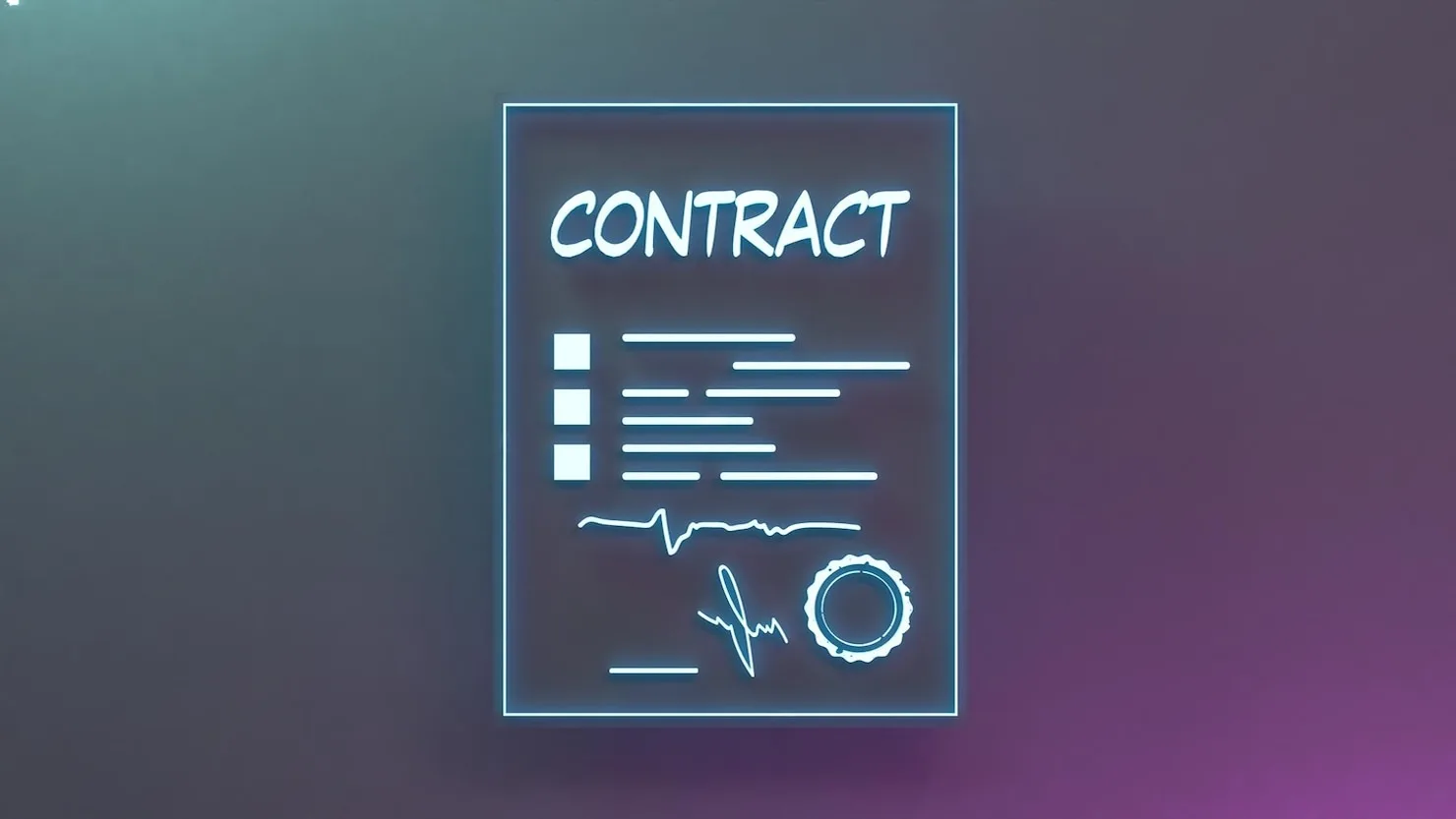“Gamification” has become one of the hottest buzzwords in business, education, marketing, and even health. But what does it actually mean—and why is it showing up everywhere?
At its core, gamification is about using game-like elements in non-game contexts to engage, motivate, and influence behavior. Whether it’s earning points for completing a task, unlocking levels in an app, or competing on a leaderboard at work, gamification taps into our natural desire for achievement, competition, and reward.
Let’s explore what gamification is, why it’s gaining popularity, and how it’s changing the way we learn, work, and live.
🎯 What Is Gamification?
Gamification is the process of applying game-design elements—like points, badges, levels, challenges, or leaderboards—to non-game activities.
It’s not about turning everything into a game. Instead, it’s about making real-life tasks more engaging and rewarding using game mechanics.
Examples:
-
Duolingo uses streaks, hearts, and XP to make learning a language fun.
-
Fitbit awards badges and celebrates milestones for steps walked.
-
LinkedIn shows profile progress bars to encourage users to complete their profiles.
-
Corporate training programs use quizzes and progress points to boost participation.
🧠 Why Does Gamification Work?
Gamification taps into basic psychological principles:
1. Motivation
It provides extrinsic (badges, rewards) and intrinsic (sense of accomplishment) motivators.
2. Goal Setting
Clear objectives, progress bars, and levels give users a sense of direction.
3. Feedback
Instant feedback, like correct/incorrect answers or progress updates, keeps users informed and engaged.
4. Achievement and Status
Badges, leaderboards, and milestones reward effort and encourage competition.
5. Challenge and Mastery
Games often gradually increase in difficulty, encouraging continuous learning and skill-building.
🌍 Where Is Gamification Used?
📚 Education
Gamified learning platforms like Kahoot, Quizizz, and Classcraft increase student engagement and retention by making lessons interactive and competitive.
🏢 Workplace and Productivity
Companies use gamification to:
-
Train employees
-
Reward sales performance
-
Encourage healthy habits
-
Track personal goals and growth
🛒 Marketing and Customer Engagement
Brands gamify experiences to:
-
Increase customer loyalty (e.g., Starbucks Rewards)
-
Drive more interaction with products
-
Make apps more sticky (e.g., referral bonuses, progress unlocks)
💪 Health and Fitness
Apps like Nike Run Club and MyFitnessPal reward users for workouts, tracking progress and sharing results with friends.
💼 Recruitment and HR
Companies gamify job applications and skill tests to identify top candidates and make the hiring process more fun and fair.
🚀 Benefits of Gamification
-
Increased engagement and motivation
-
Better user retention
-
Improved learning and memory
-
Faster onboarding and training
-
Encourages healthy competition
-
Data collection through user activity
⚠️ Risks and Limitations
While gamification can be powerful, it isn’t a magic solution. Potential downsides include:
-
Overemphasis on rewards, reducing intrinsic motivation
-
Short-term engagement without long-term value
-
Manipulative design leading to addictive behaviors
-
One-size-fits-all approaches that ignore user diversity
Gamification should be thoughtfully designed—with a focus on meaningful engagement, not just dopamine hits.
💡 The Future of Gamification
As AI, VR/AR, and personalized data evolve, so will gamification. Future systems will adapt dynamically to user preferences, emotions, and behaviors.
Gamification will play a growing role in:
-
Remote work productivity
-
Mental health and wellness tracking
-
Financial planning apps
-
Environmental behavior (e.g., carbon footprint tracking)
It’s not just about games—it’s about turning everyday life into an experience worth participating in.
Frequently Asked Questions
🎯 Final Thoughts
Gamification is more than a trend—it’s a powerful framework for changing behavior, enhancing learning, and improving motivation. As we spend more time online and in apps, the line between play and productivity continues to blur.
Done right, gamification can make everyday experiences more engaging, meaningful, and fun—and that’s something worth talking about.




Discussion (0)